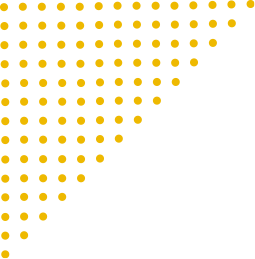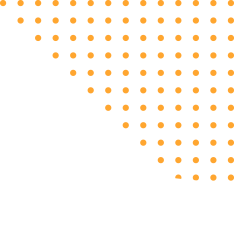

L&D’s focus is firmly on skills development right now. With the on-going skills gap crisis and the growing digital skills shortage, learning practitioners are on a mission to develop much-needed skills in our organizations. But how can we ensure that we’re developing the right skills within our teams? Well, we believe the answer lies with skills mapping.
What is skills mapping?
A skills map is a matrix which allows you to identify the competencies needed within your organization, and match your team’s level of accomplishment against each skill. It is a strategic and systematic approach to measuring, identifying and developing skills in an organization – and is an invaluable tool for all L&D practitioners. And the best part about skills mapping is that it benefits the employee as much as the organization, let’s explore why:
Organizational benefits
- Improves the efficiency of your L&D team
The learning industry is crowded with reports and data dictating what L&D’s next top priority should This can be distracting and misleading for learning teams, leaving them unsure about where they should focus their attention. To create real impact with your training initiatives, you must focus on the skills that your organization needs, and a skills map will help you do just that. The map will identify the skills gaps in your organization on both an individual and a company-wide level. Enabling your training team to focus on creating or curating training programs that match these specific skills gaps. - Demonstrates L&D contribution to the bottom line
Alongside boosting the efficiency of L&D teams, a skills map also helps to ensure that learning is contributing to the bottom line of your organization. Often insurance firms invest in comprehensive online learning libraries, and while beneficial to some, outsourced content will not exactly map to skill needs. By completing a skills map and deciphering the skills needed for success in your company – you’ll be well on your way to making a real impact with your training (and gain alignment with L&D your budget!) This impact will translate into increased productivity and improved performance throughout your organization.
Employee benefits
- Learning that’s more relevant to their skill set and role
The latest Workplace Learning report from LinkedIn Learning identifies three key motivations to learn:- If the learning helps employees stay up to date in their field
- If it is personalized specifically for their interests and career goals
- If it helps an individual get another job internally, be promoted, or get closer to reaching their career goals
So, it’s clear: our people want learning opportunities that are directly relevant to them and their careers. Conducting a skills map will help you achieve just this – while also ensuring that the skills you’re helping your people develop match the organization’s objectives.
- Helps employees understand why they should undertake the training
A lack of learner engagement is one of the most cited challenges of L&D teams. Learners are distracted and busy, and the training you are trying to provide is often just another item on their to-do list. Completing a skills map with your employee will not only identify what resources L&D need to curate or create; it also helps paint a picture of why the employee needs to develop these skills and how it’ll help them contribute to the organization-wide objectives.
Why is skills mapping important for insurance firms?
According to McKinsey, the skills needed in all departments in insurance firms are set to change significantly before 2030 – particularly due to the rise of automation in our industry. Understanding the skills you need to develop in your organization to embrace this change is paramount. As seen in the chart below, up to 30% of underwriting skills and 50% of claims skills will be automation. This will cause a significant shift in the skills needed to succeed in our industry.

How to start your skills map
Although this process may seem daunting and complicated, it needn’t be that way. In fact, the skills mapping process takes just four steps:
- Define the skills needed to meet your business objectives
What’s your organization’s key objective for the next year? What about the 2-4 years following that? What skills do your employees need to meet those objectives? List these skills out – if you work for a particularly large company, you might want to break these skills down on a per-team basis. - Use data and research to identify employees existing competencies against these skills
The primary way to evaluate the skills you have in your organization is speaking to your employees – how competent do they feel against each skill? Then, match this against other data sets you have in the organization: manager reports, performance data and so on. Once this has been completed, you’ll be able to easily identify the skills gaps in your teams. - Curate and create the training and resources to improve required skills
Now is the time to find the right, relevant learning interventions to boost your employees’ skills and capabilities in each section. Over time, the skills gaps in your organization will become fewer and smaller. - Review and repeat!
As your employees become more competent, and your firm continues to evolve and grow, you will need to repeat steps 1-3 to ensure that your organization stays on the same trajectory.
If you’re ready to get started with analyzing the skills and resources you need in your organization, why not contact us about our bespoke learning services? Or if you’re looking for curated content to upskill insurance professionals, check out our ready-start catalog today.



